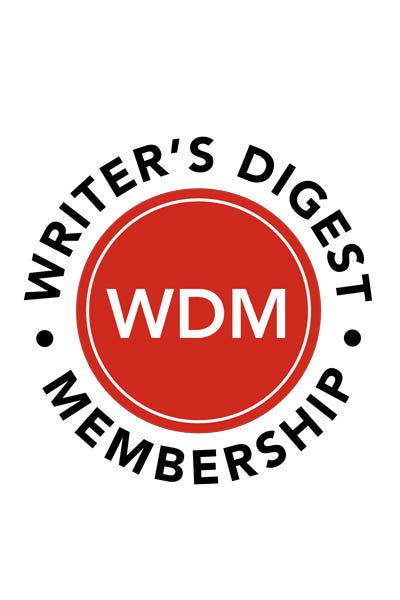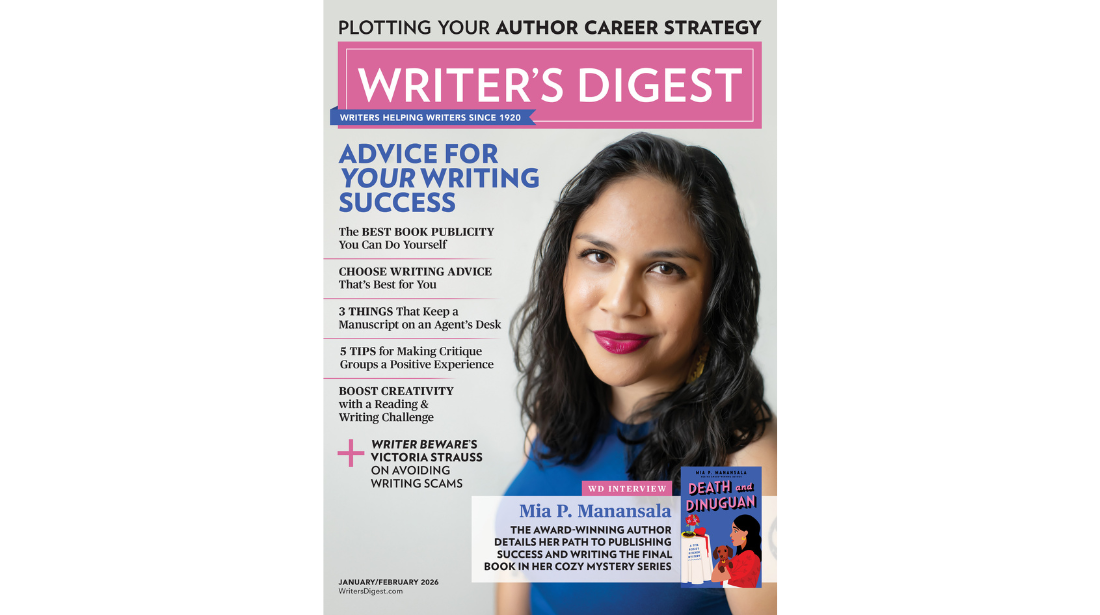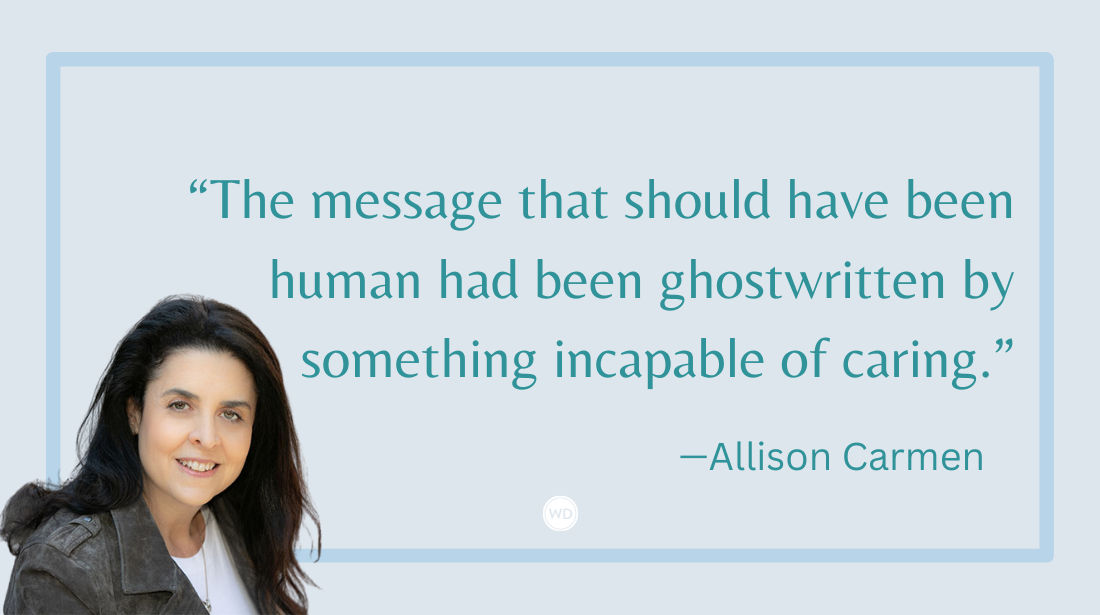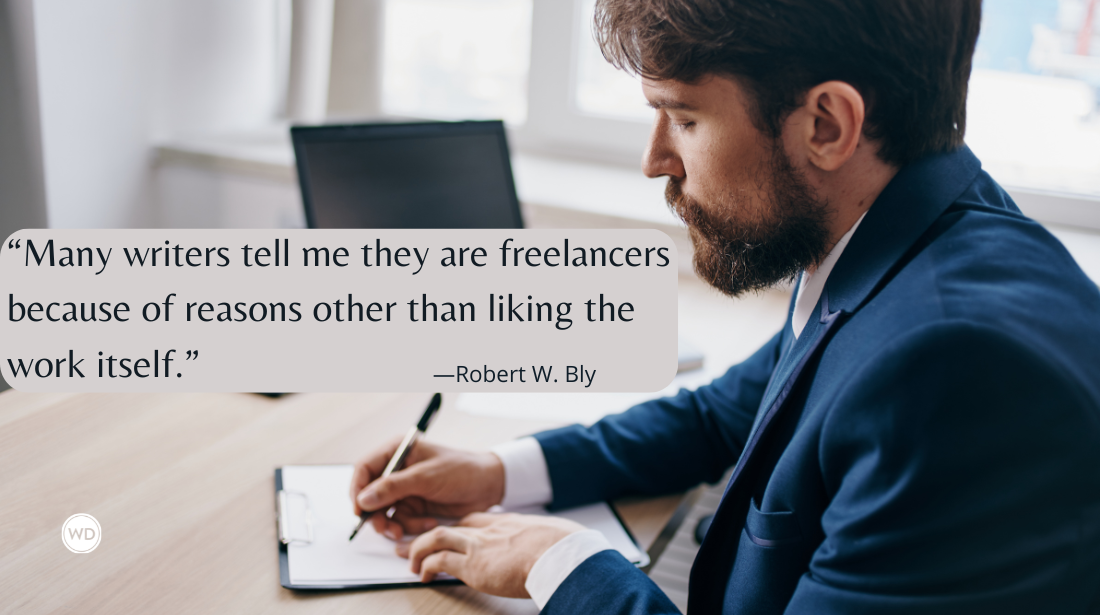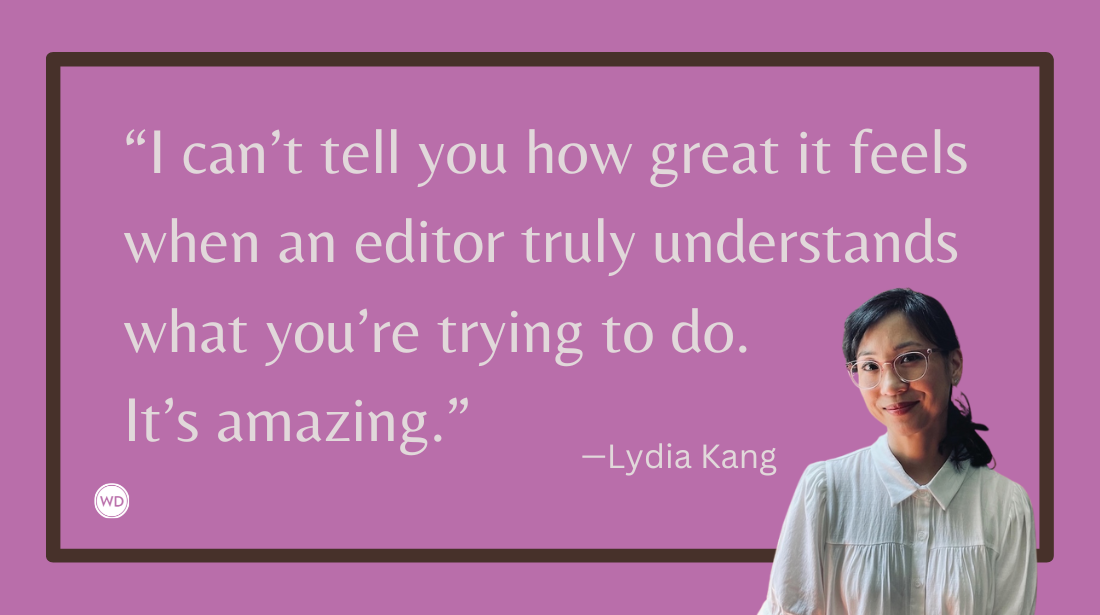John Claude Bemis: Be a Professional Daydreamer
In this interview, author John Claude Bemis discusses how a social media comment helped inspire his new middle-grade graphic novel, Rodeo Hawkins and the Daughters of Mayhem.
John Claude Bemis is an award-winning author and former elementary school teacher. John received the Excellence in Teaching Award from UNC-Chapel Hill for his work as an author-presenter in schools, and has served as North Carolina’s Piedmont Laureate for Children’s Literature. John teaches creative writing workshops and leads writing retreats around the world. He is also a sculptural mask-maker, a songwriter, and musician. He lives with his family in Hillsborough, North Carolina and is available for select interviews. Follow him on Facebook and Instagram.
In this interview, John discusses how a social media comment helped inspire his new middle-grade graphic novel, Rodeo Hawkins and the Daughters of Mayhem, the process of collaborating with an illustrator, and more.
Name: John Claude Bemis
Book title: Rodeo Hawkins and the Daughters of Mayhem
Publisher: Margaret Ferguson Books/Holiday House
Release date: September 9, 2025
Genre/category: Middle-grade graphic novel
Previous titles: The Wooden Prince; Lord of Monsters; The Nine Pound Hammer; The Wolf Tree; The White City; The Prince Who Fell From the Sky
Elevator pitch: Rodeo Hawkins and the Daughters of Mayhem follows Sidney Poblocki as he’s being chased by a group of interdimensional assassins—who just happen to be after every other kid in the universe named Sidney Poblocki as well. With the help of a ragtag group of mischief-makers (the Daughters of Mayhem) and their fearless leader, Rodeo Hawkins, Sidney embarks on a mission to figure out why these assassins are after him.
What prompted you to write this book?
It seems backwards, but the inspiration for Rodeo Hawkins and the Daughters of Mayhem actually started with the title. That became the starting point oddly enough. Back when my daughter was in first grade, she had to dress up like a vocabulary word and chose “catastrophe.” She wrapped herself in bandages, had a sling on her arm, crutches. It was hilariously adorable, so naturally, I posted it on Facebook. A friend commented that she looked like “a daughter of mayhem.” I had no idea what she meant, but that was my lightbulb moment.
I couldn’t stop thinking about that expression. Who were these Daughters of Mayhem? What was their story? It was just so compelling, and my imagination was on fire dreaming up this ragtag crew of scoundrel girls who travel around the cosmos stirring up mischief and having wacky magical adventures.
How long did it take to go from idea to publication? And did the idea change during the process?
Going from the initial ideas to a finished manuscript was relatively quick—just a few months. But going from book deal to publication took a long time—almost seven years, which not coincidentally included those pandemic years. It’s a graphic novel, and I had an amazing partner with illustrator Nicole Miles. But she had the herculean task of doing over 250 pages of full color multi-panel illustrations! Unlike Marvel or DC where a whole team creates the comic, the expectation for a children’s graphic novel is that the illustrator does all the work.
Once I got to see Nicole’s illustration style, we made some minor changes to the story to take full advantage of her visual personality—especially how brilliantly she handles humor and the fantasy elements. But my vision of the story always remained the same.
Were there any surprises or learning moments in the publishing process for this title?
I have a lot of friends who are picture book writers but don’t illustrate their work. Generally, editors like to keep a picture book writer and the illustrator at arm’s length. So, I was surprised when my editor involved me in looking at Nicole’s sketches and finished art to offer notes and suggestions. I’m also a visual artist, so the opportunity to have a say about the art was exciting. We all worked as a team which I wasn’t expecting. That collaborative aspect was enormously fun and rewarding!
Were there any surprises in the writing process for this book?
I didn’t originally plan for Rodeo Hawkins and the Daughters of Mayhem to be a graphic novel. I had the whole story vividly in my head and needed to get the bare bones of a first draft down as quickly as humanly possible. So, I wrote it as a script or screenplay—where the focus was on punchy dialogue driving the story and having the actions, gestures, and descriptions simply be “stage directions.” Without the full narration I typically use in a novel, I was able to complete the first draft in about a month. I intended to then flesh it out in revisions into a novel. But once I read it, I began to see how it might work best as a graphic novel. Luckily, when I showed it to my agent, he agreed, and the rest is history.
So, writers, take note! Even if you’re planning to write a novel, you might consider blasting out a first draft in script format just to start getting your story ideas out of your head and down on paper. It’s always worth experimenting with a new approach.
What do you hope readers will get out of your book?
Pure fun! Excitement! When I was a kid, I wanted books that transported me on magical adventures. I wanted stories that after I read them, I’d daydream or pretend play that I was one of the characters or in the fantastical world of the book. That’s how I approach my craft. I’m writing the stories that I would have wanted when I was in elementary and middle school—stories loaded with humor, heart, and thrills. In Daughters of Mayhem, I want kids to go on wild misadventures with these wacky characters exploring the strange corners of the multiverse.
If you could share one piece of advice with other writers, what would it be?
Be a professional daydreamer. While it’s important to have a dedicated routine for writing, it’s equally important to dedicate time to simply thinking about your ideas, characters, and story. Cut off the radio in the car and use the drive to daydream about your story. When you feel boredom coming on, don’t distract yourself by scrolling on your phone. Instead, sit there and let creative thoughts bounce around. Take long walks with only a back-pocket notebook. Daydream when you wash the dishes or fold laundry. Jot down your ideas. My best insights often come while doing some mindless activity. Having an imagining routine is as important as having a writing routine.



